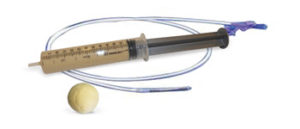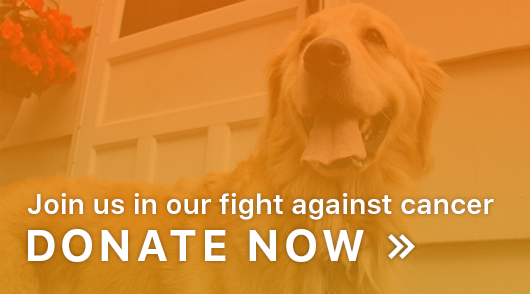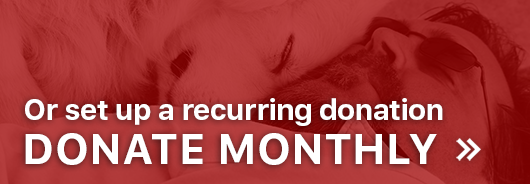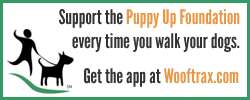Nutrition for Pets with Cancer – PART II
Kara M. Burns, MS, MEd, LVT, VTS (Nutrition)
When pets are suffering from a disease condition, their body will use its own muscle for energy – a process known as catabolism or cachexia. When trying to support these patients nutritionally, the goal is to provide protein and fat in the pet’s diet. Supporting the pet with nutrients in the food allows for the pet to not use their own muscle and tissue for energy which is vital to helping the pet recover.
Poor nutrition in veterinary patients results in continued sickness and may lead to death. Many organs in the body such as the gastrointestinal (GI) tract and the kidneys are not working as effectively as they could and should. This leads to further bodily complications in the sick pet which may result in slower healing, longer hospitalization, and possibly even death.
Importance of Nutrition for Ill Pets
The GI tract needs to be fed. This is especially true in patients that are fighting illness and disease. If nutrition is not provided to the pet, the gut shrinks and does not allow for nutrients to be properly absorbed. Additionally, bacteria can now invade the abnormal gut. To help prevent this potentially serious problem, the veterinary team must ensure nutrition is being provided to the patient.
Why is a Feeding Tube Important?
The placement of a feeding tube is the best approach for the patient. Feeding pets is easier and less stressful with a feeding tube in place. Feeding tubes allow for the gut to be used and provides nutrients to ensure the gut continues to work and absorb the nutrients. The veterinary team will monitor the nutritional status of the patient to ensure complications do not arise by monitoring caloric intake and to adjust the number of calories to prevent weight loss or unintended weight gain.

Human vs. Animal Formulas
When considering feeding an ill pet, the veterinary team will decide which nutritional formula best meets the needs of the pet. Human liquid foods are sometimes considered for our pet patients, but these not only cost more than veterinary liquid food products, but they are also not formulated for the physiological needs of cats and dogs. Thus, it is recommended that veterinary liquid food products be used when managing sick pets and it is ideal to use nutritional formulations specifically designed for the species (cat or dog) that is sick.
Are Smaller Nutrients Better?
Semi-elemental nutrition provides nutrition in small absorbable forms. The nutrients are made up from the building blocks of proteins, carbohydrates, and fats. The proteins are free amino acids, peptides, and/or hydrolyzed protein fractions. The fat source is from fatty acids. The carbohydrate sources are mono-, di- and trisaccharides. Semi-elemental nutrition provides easier digestion and rapid absorption of nutrients, designed to support the critical systems of the body.
Why is the GI Tract Important to Ill Pets?
The GI tract is lined with cells called enterocytes, which aid in digestion, absorption, and transportation of nutrients into the body. Vital nutrients absorbed by enterocytes include amino acids and peptides, carbohydrate (saccharides), lipids, water, vitamins, and ions (or minerals). To keep enterocytes and thus the pet’s gut, healthy and working, semi-elemental diets provide pets with the maximum amount of nutrition that can be absorbed without the body working harder to break down the nutrients.
In sick pets, the body’s main goal is to support key organs like the heart, brain, liver, and lungs. To do this, blood flow to the gut is reduced, GI movement slows, and the enterocytes lining the GI tract are altered. Unfortunately, these physiologic changes make it difficult for nutrients to be absorbed when the body of the sick pet needs nutrition the most. Thus, debilitated pet patients benefit from a semi-elemental diet. EmerAid® HDN™ formulas are semi-elemental diets made specifically for ill and debilitated cats and dogs. They provide nutrients to the GI tract help to minimize the risk of diarrhea by preventing the loss of water and other vital nutrients from the gastrointestinal tract. This nutrition can be fed through a feeding tube, added to the pet’s food, or even as a calorically dense ball of nutrition.
The sick pet’s feeding schedule is often determined by the pet’s ability to tolerate the food. Therefore, with sick pets a gradual reintroduction of food is recommended. The veterinary team will provide food through the feeding tube slowly and the daily food amount will be divided into several small meals. When the pet is discharged, the veterinary team will review and discuss how to feed the pet at home and ensure the pet owner is comfortable feeding the pet at home.
Summary
The consequences of poor nutrition in all pets, especially sick or injured pets, are slower healing, longer hospitalization, and possibly even death. Nutritional management in sick pets require constant monitoring, proper nutrients, and careful calculations by the veterinary team to ensure proper nutrition is provided. Semi-elemental nutrition provides the maximum amount of nutrients that can be absorbed with the least energy expenditure, an important combination when feeding sick pets. Constant vigilance and exceptional nursing care will help the patient to manage their malnutrition and facilitate healing and recovery.








